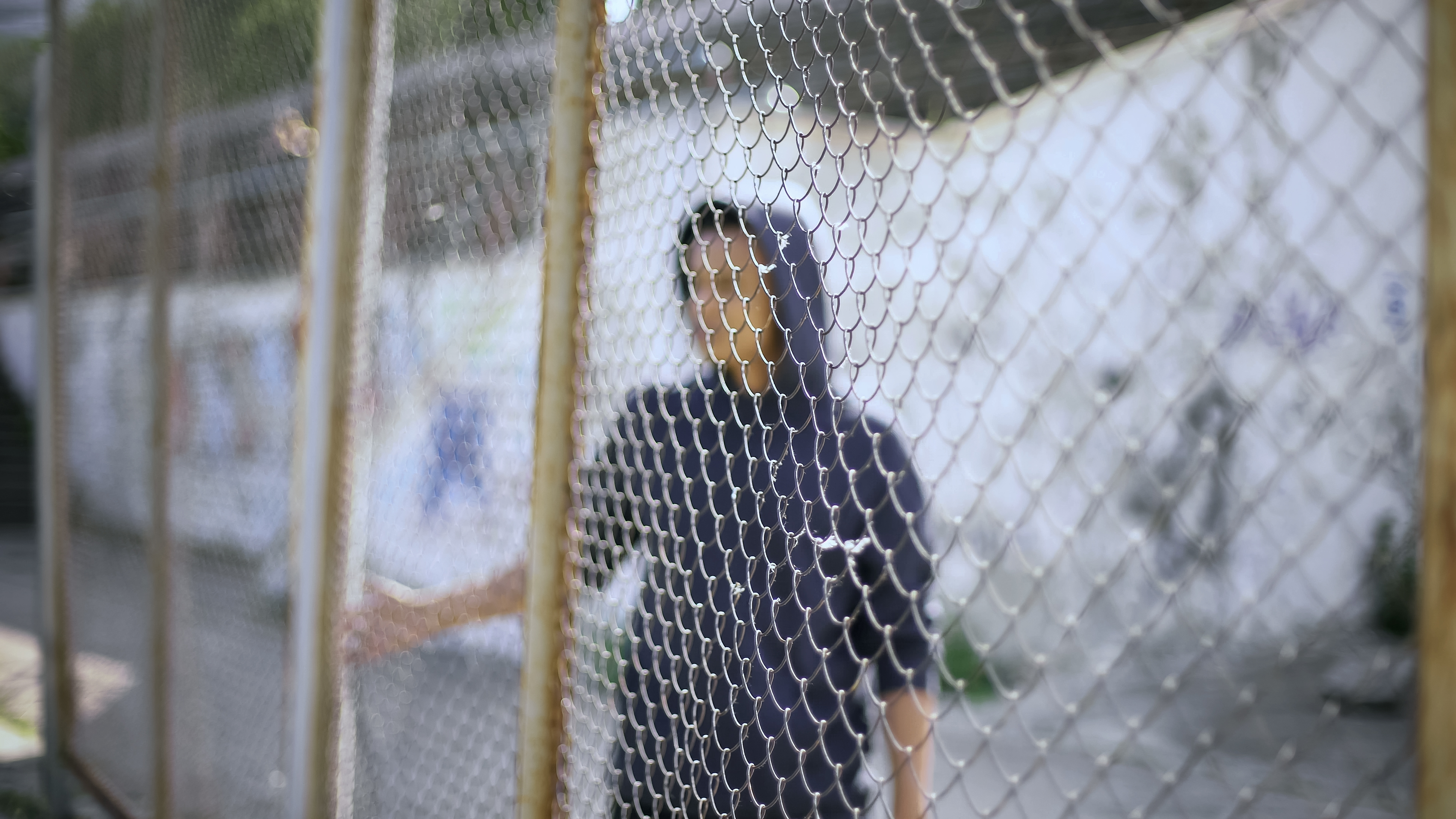DNA Collection at the Border Threatens the Privacy of All Americans
By Daniel I. Morales, Natalie Ram and Jessica L. Roberts,
The New York Times
| 01. 23. 2020
What if the United States government took the DNA of vast numbers of Americans for use without their consent? The Trump administration has just brought us one step closer to that dystopia. On January 6, the federal government began collecting DNA from any person in immigration custody — previously, it had required only fingerprints. With this move, the federal government took a decisive step toward collecting and tracking large numbers of its citizens’ genetic information too.
The federally administered CODIS, or Combined DNA Index System, has expanded dramatically in scope since its inception. Virginia established the first forensic DNA database in 1989, with the federal government following suit in 1994. Today, all 50 states, the District of Columbia and the federal government collect, store and share genetic information through CODIS. Initially, many states limited DNA collection to sex offenders. But today, nearly all states compel DNA from all convicted felons, while many states collect DNA from individuals convicted of mere misdemeanors. Most states also collect DNA from some individuals merely arrested on charges of, but not yet convicted of, a...
Related Articles
By Jonathan Matthews, GMWatch | 12.11.2025
In our first article in this series, we investigated the dark PR tactics that have accompanied Colossal Bioscience’s de-extinction disinformation campaign, in which transgenic cloned grey wolves have been showcased to the world as resurrected dire wolves – a...
By Jenny Lange, BioNews | 12.01.2025
A UK toddler with a rare genetic condition was the first person to receive a new gene therapy that appears to halt disease progression.
Oliver, now three years old, has Hunter syndrome, an inherited genetic disorder that leads to physical...
By Simar Bajaj, The New York Times | 11.27.2025
A common cold was enough to kill Cora Oakley.
Born in Morristown, N.J., with virtually no immune system, Cora was diagnosed with severe combined immunodeficiency, a rare genetic condition that leaves the body without key white blood cells.
It’s better...
By Rachel Hall, The Guardian | 11.30.2025
Couples are needlessly going through IVF because male infertility is under-researched, with the NHS too often failing to diagnose treatable causes, leading experts have said.
Poor understanding among GPs and a lack of specialists and NHS testing means male infertility...




